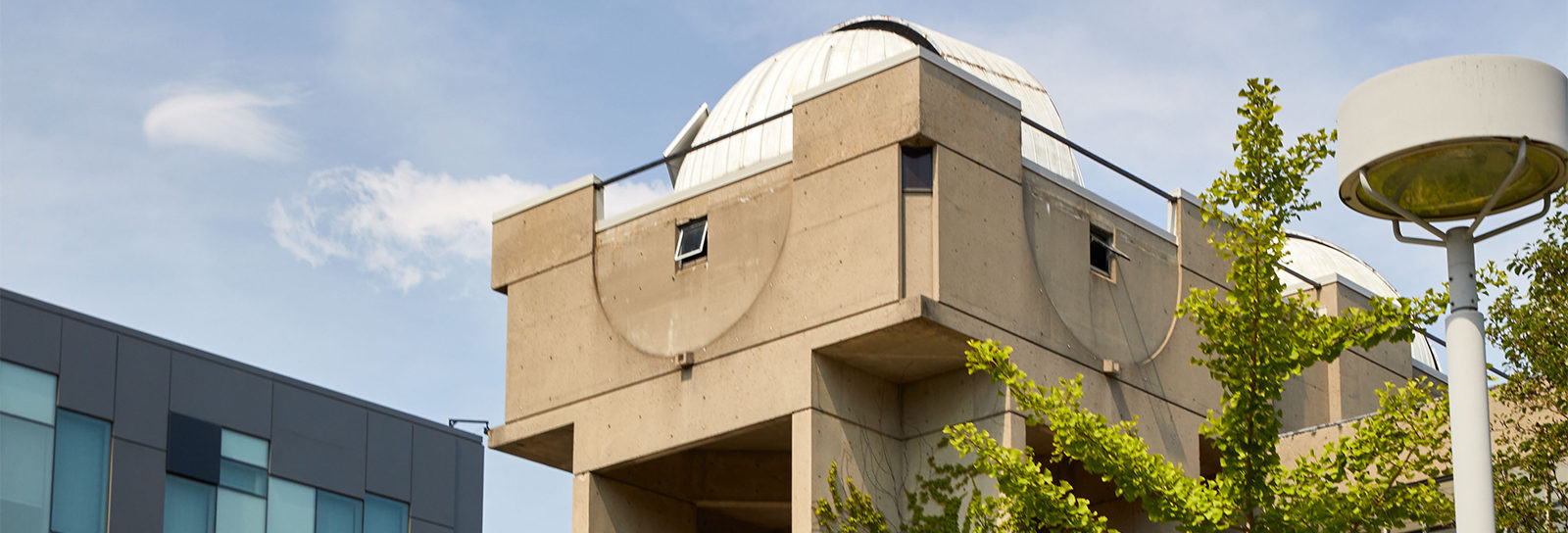The two new state-of-the-art domes will replace the original 1960s domes at the Allan I. Carswell Astronomical Observatory at York University, opening the night sky for better viewing of planets, stars, nebulas and more.
Preparation for the new domes is happening now on York’s Keele Campus. On the morning of Tuesday, June 14 (weather permitting), the old domes will be removed by cranes and the new ones craned on. The time of the event will be decided Monday morning depending on the weather forecast.
“These new domes will be a functional and technological improvement, the likes of which the observatory hasn’t seen since its construction. Unlike the old domes, the new domes will have an automatic control system that goes to a computer where you can tell the dome to follow the telescope. Not only is this a huge time saver, it means we can collaborate with other astronomers and teachers anywhere in the world for research and outreach,” says Faculty of Science Assistant Professor Elaina Hyde, observatory director. “To get the best use out of the recent one-metre telescope, plus the 60cm telescope, which we already had, it was well time we replaced the domes.”
As the old domes are some 50 years old, the system that controls them has been a patchwork of various electronic fixes over the years.
“These new domes will give us a massive upgrade in terms of our technology. We can come at the beginning of the night, set up the telescope, and then operate them from home, which is something we can’t do right now with the dome for the one-metre telescope,” says grad student Sunna Withers of the Faculty of Science.
The design of the new domes will allow for a larger viewing area as the top part of the shutter opens up and the bottom part flips down, exposing more of the sky. It will also now follow the telescope as it moves. One of the main advantages will be the ability to expand research and public observing activities.


